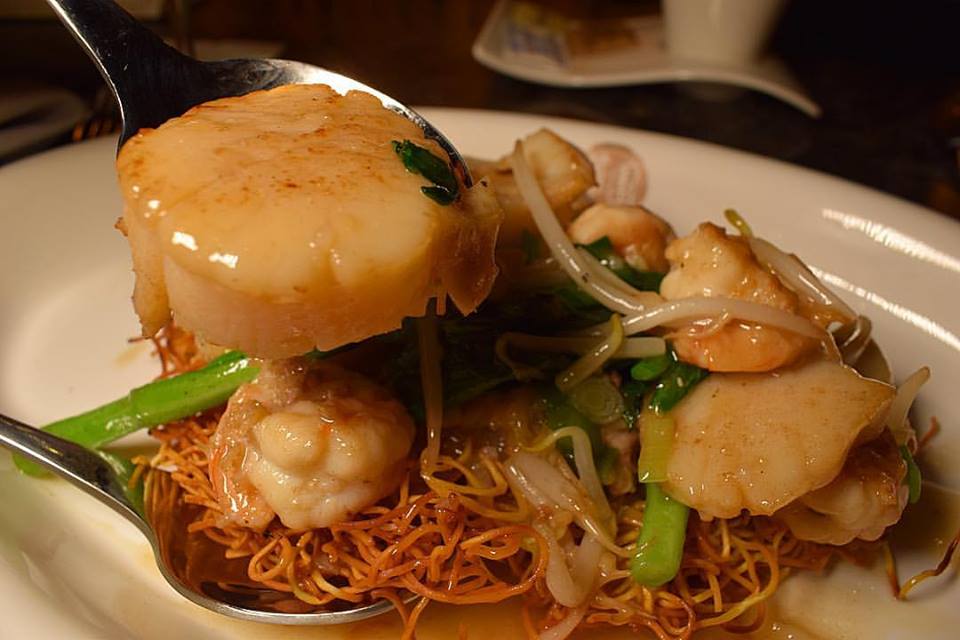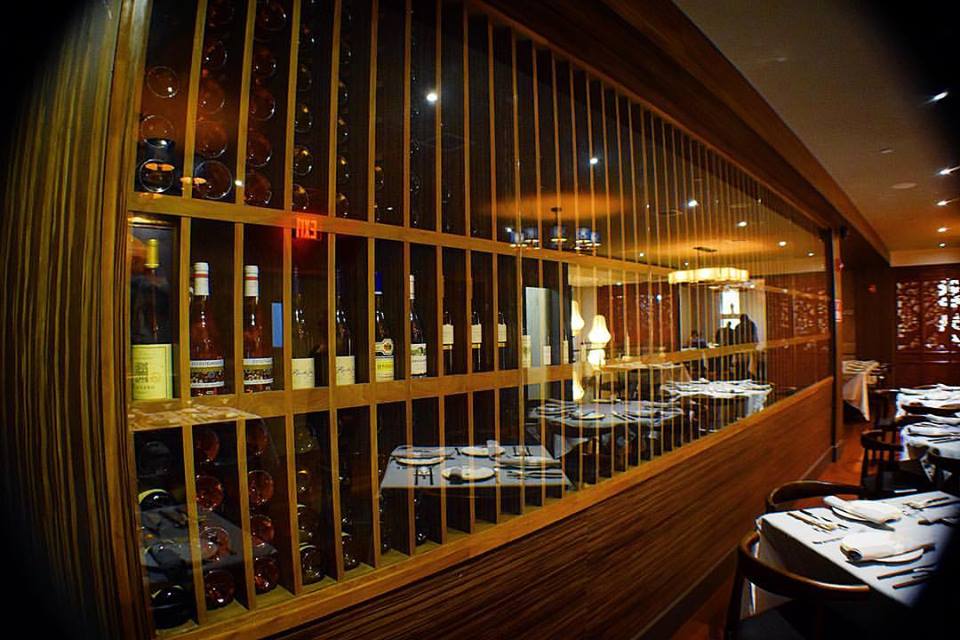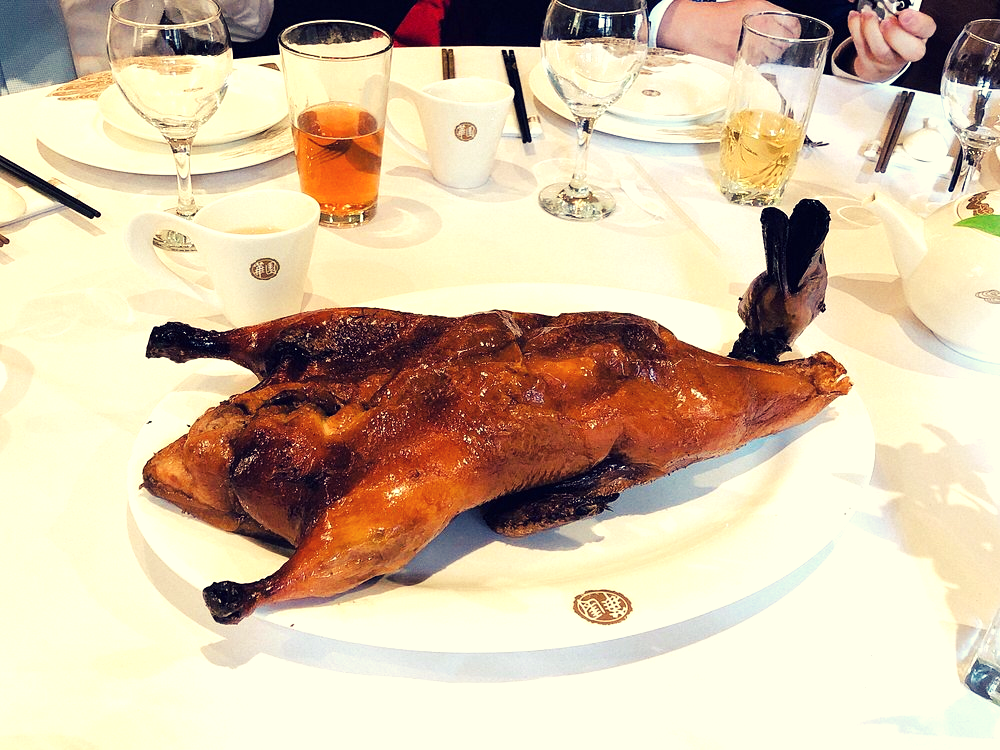Looking for the most authentic Chinese restaurant is an uphill task given the fact there are a number of these in the NYC region. From exceptional dining solutions to the distinct aroma and mix of spices, the Hwa Yuan restaurant in Manhattan’s Chinatown is one of the most favorite Chinese takeout restaurants in NYC. The restaurant offers you a distinctly created exclusive Szechuan dishes, which provide you more than just spicy hot food.
Bringing to you plates Szechuan cuisine
Most people often have the misconception that Szechuan cuisine is only about hot chilies and pepper. Interestingly, such dishes are traditionally served only during special occasions and ceremonies. The larger picture of authentic Szechuan dishes offers you a plethora of tastes that are spicy, sour, sweet, bitter, and delectable with unusual ingredients and spices to add on. The dishes are also fused with several elements from the world cuisine under the supervision of Chef Chen Lien Tang, who is the son of Chef Shorty Tang, who initially started the business in the 80s.
Perfect dining solution
If you love noodles and want to taste some savory versions of Szechuan style noodles, this is just the ideal place to be in. The menu offers a wide range of noodles like the Noodles with Peking Meat, Shredded Beef & Fresh Spicy Pepper Noodle Soup, Shredded Duck & Rice Vermicelli Noodles Stir-Fry, Pickle & Shredded Pork with Noodle Soup, Hot Tang Tang Noodles, etc. and lots more. Hence, if you are in search of a premium Chinese noodle restaurant in NYC, this is where you can rely on effortlessly.
The right mix of ingredients
The best way to prepare the most authentic Szechuan delicacies is to balance the right combination of species with the right ingredients. The delicacies offered in Hwa Yuan is such a platter that brings to you the flavorful and fresh ingredients delicately prepared in the secret spice mixes. The culinary traditions of the place are not just deep-rooted to the Szechuan techniques but also employ a blend of modern methods yet maintaining the very essence. Thus, they deliver to you a distinctly created chef style dishes that will make your taste buds burst in rich flavors.





